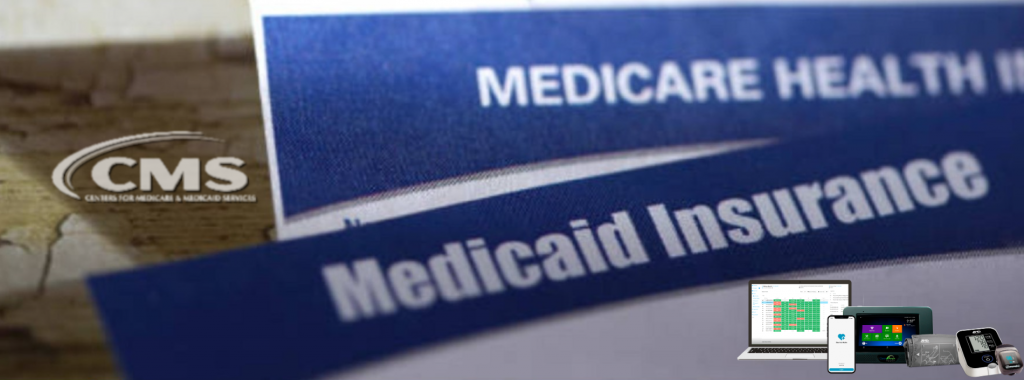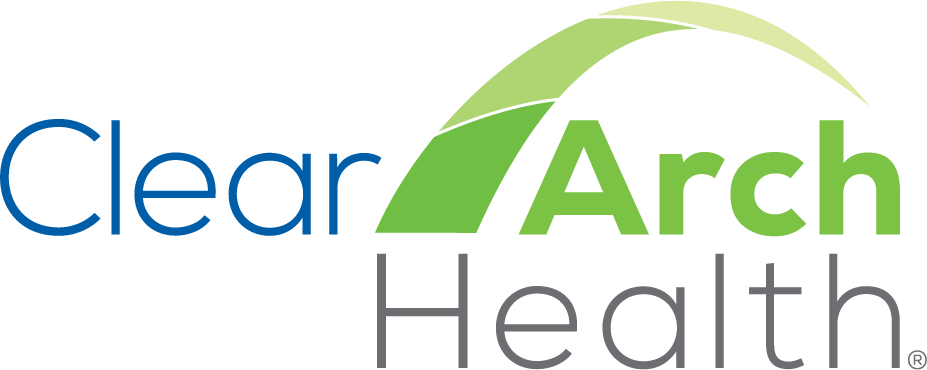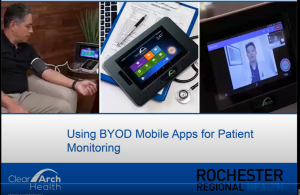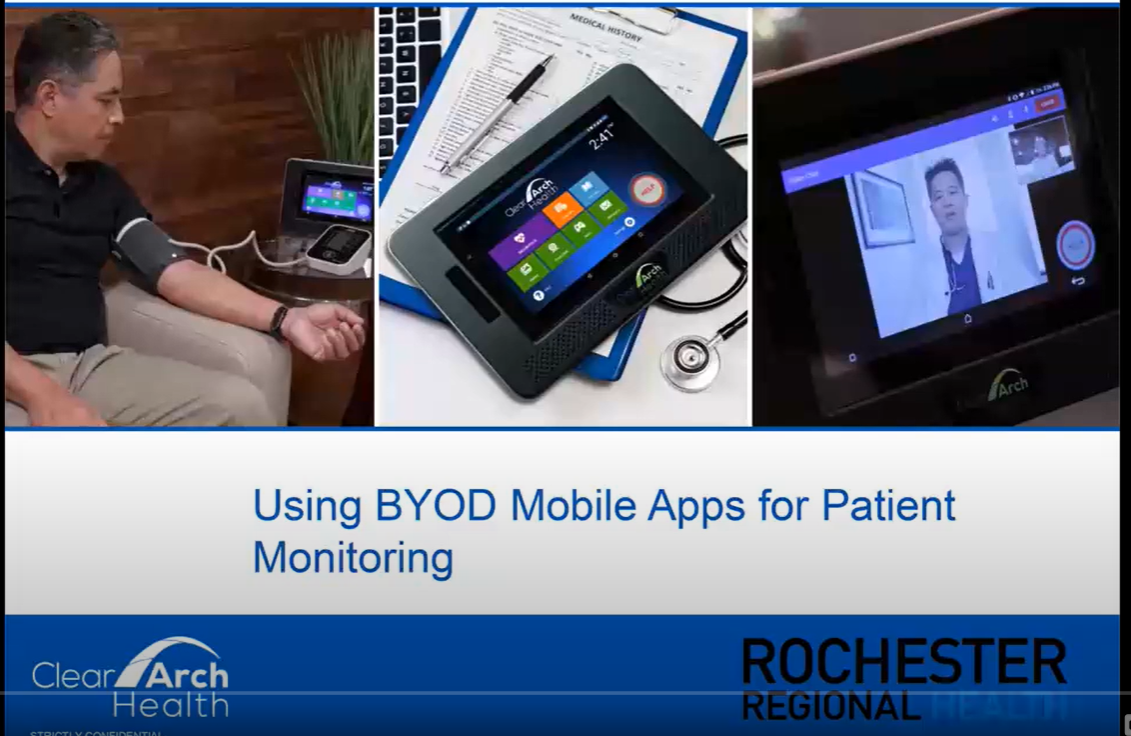Healthcare is in the midst of constant, ongoing change. From reorienting to a more value-based care approach (propelled by remote patient monitoring and similar forms of telehealth/telemedicine), to embracing artificial intelligence (AI) with all its implications and promises for facilitating efficient and reliable patient care, innovations are rampant.
But, without a map to chart a clear course across this new and evolving expanse, healthcare professionals may find themselves adrift in a sea of complex rules, regulations and obstacles to providing care and being properly reimbursed.
In order to get the most out of telehealth opportunities for improving patient care, providers need to understand the requirements established by CMS (Centers for Medicare and Medicaid Services), as well as how to correctly bill for fees.
This blog post will briefly explore 5 key areas related to the 2024 Physician Fee Schedule (PFS) specific to current changes and best practices for implementing remote patient monitoring programs.

- Strengthening Patient-Provider Relationships: A key foundation of the 2024 PFS involves revised patient assessment standards for Remote Patient Monitoring (RPM) services. Setting up a well-defined treatment plan through a face-to-face visit guarantees a solid base for remote monitoring. There are exceptions for patients who received RPM during the Public Health Emergency (PHE), as they already have a set-up connection and clinical relationship. And, this requirement is not applicable to remote therapeutic monitoring (RTM).
- Ensuring Data-Driven Care: Revised protocols for RPM data acquisition have been implemented. Clinicians must now gather information for a minimum of 16 days within a 30-day treatment cycle (excluding non-business days) to qualify for specific CPT codes. This bolsters a more evidence-based approach to patient management and ensures accurate compensation and reimbursement.
- Optimizing Reimbursement Opportunities: Reimbursement for RPM and RTM cannot be bundled with analogous services within a single calendar month. However, specific interventions like chronic care management (CCM), transitional care coordination, and behavioral health integration remain billable alongside either. This facilitates a more holistic approach to patient care while optimizing revenue potential.
- Expanding Access for Rural Healthcare: The 2024 revisions unlock novel avenues for Federally Qualified Health Centers (FQHCs) and Rural Health Clinics (RHCs). These facilities can now secure compensation for either RPM or RTM services (but not concurrently) when submitted alongside a designated care management code (G0511). This offers additional financial support for these vital healthcare facilities.

5. Shifting Reimbursement Landscape: The specific compensation tied to individual CPT codes for RPM, CCM, and RTM has undergone minor revisions. A deeper examination of these adjustments is necessary. Nevertheless, maintaining awareness of these evolving benchmarks is crucial for maximizing practice effectiveness.
Empowering healthcare providers with the latest advancements in telehealth and remote monitoring is our mission. By staying informed about these key updates to telehealth and remote monitoring regulations, reimbursement, and best practices, care providers can ensure compliance, maximize profitability, and most importantly, deliver exceptional patient-centered care.
Contact Clear Arch Health today to discuss how these changes can specifically benefit your practice and patients.
Visit https://www.cms.gov/medicare/payment/fee-schedules/physician for complete and up-to-date details about the Centers for Medicare & Medicaid Services’ 2024 Physician Fee Schedule (PFS).








